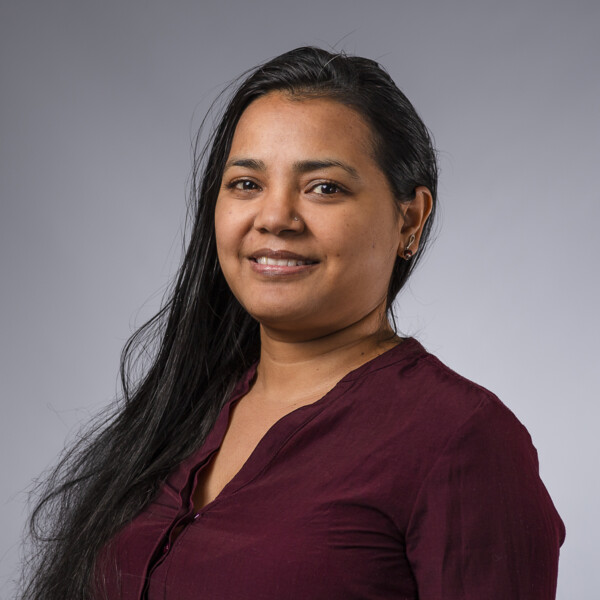About the dissertation
On Friday May 5, Sharmin Söderström, Department of Applied Educational Science at Umeå University, will defend her thesis titled Formative assessment and problem solving in mathematics. The dissertation will take place at 09.00 in KBE 301 Lilla Hörsalen, Umeå University. The faculty opponent is Professor Guri Nortvedt, University of Oslo, Norway.



